How to explain "What is Server Virtualization"
When explaining server virtualization to non technical people the easiest way to confuse them is to introduce the trade lingo: host, guest, hypervisor and so on. Discussing virtualization for a while I came up with a good analogy: " Server virtualization is like car sharing". If you commute to work in a car: have a look out of the window. How many cars, perfectly capable of carrying 4 or more people, just transport one person?
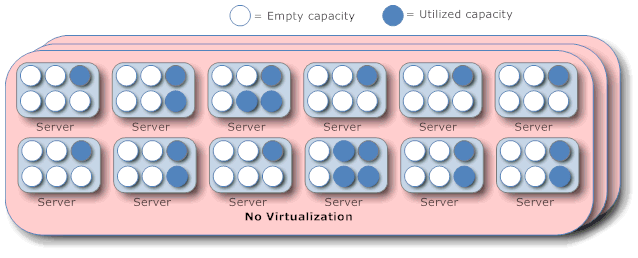
(Think server = car) The same is true for many servers. They run under-utilized. The number of seats would be the equivalent of the I/O capabilities and the cruise speed (or horse powers) You can go through a number of phases in easing your traffic congestion (in IT: work overload for administration and IT budget):
As usual: YMMV.
Update: There is a nice article on developeworks explaining more about virtualization in the context of Domino on Linux on zOS

(Think server = car) The same is true for many servers. They run under-utilized. The number of seats would be the equivalent of the I/O capabilities and the cruise speed (or horse powers) You can go through a number of phases in easing your traffic congestion (in IT: work overload for administration and IT budget):
- Pool the cars: The equivalent of moving physical x86 server onto a virtual infrastructure, still on x86 architecture. XEN and VMWare lead the charge here. Of course if you have 20 people the car won't help. And you know what hassle it is to distribute a crowd into the available cars.
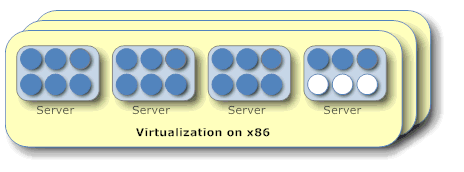
- Take a bus: Move workloads (if suitable) to high end hardware like IBM AIX,
SUNOracle Solaris or HP/UX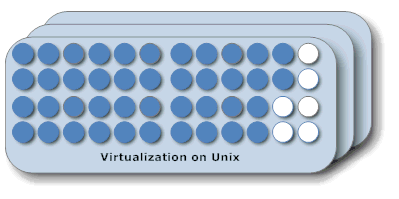
- Take a train: Replace all the boxes with an IBM zSeries. The z10 would be the equivalent of a MagLev train (short of the cost of course)
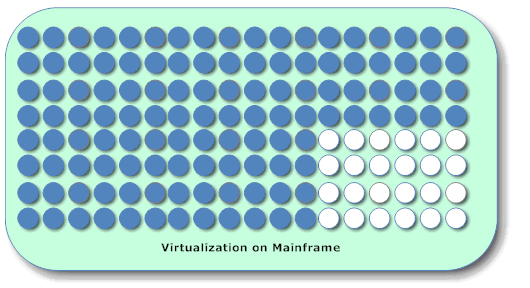
- Fly: In the clouds. Cloud computing is the logical end-point (keep in mind: flying is not the one-fits-all solution for your travel needs. Just try to fly to the grocery store down the road.) However Server Virtualization and Cloud computing differ in a few aspects: The cloud user is no longer aware of physical machines, they are completely managed by the cloud provider. A cloud provider would typically not offer a OS container (like the virtual server), but a specific execution service: storage (file and database), computation (application server) and presentation (web server with various protocols) or even higher level services like: data sync, ERP, CRM). Nevertheless virtualization is a step in making the cloud work for you.
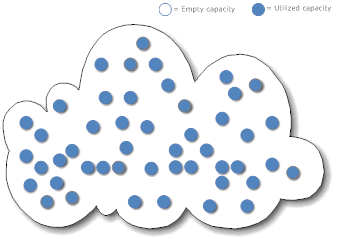
As usual: YMMV.
Update: There is a nice article on developeworks explaining more about virtualization in the context of Domino on Linux on zOS
Posted by Stephan H Wissel on 21 April 2009 | Comments (1) | categories: Software